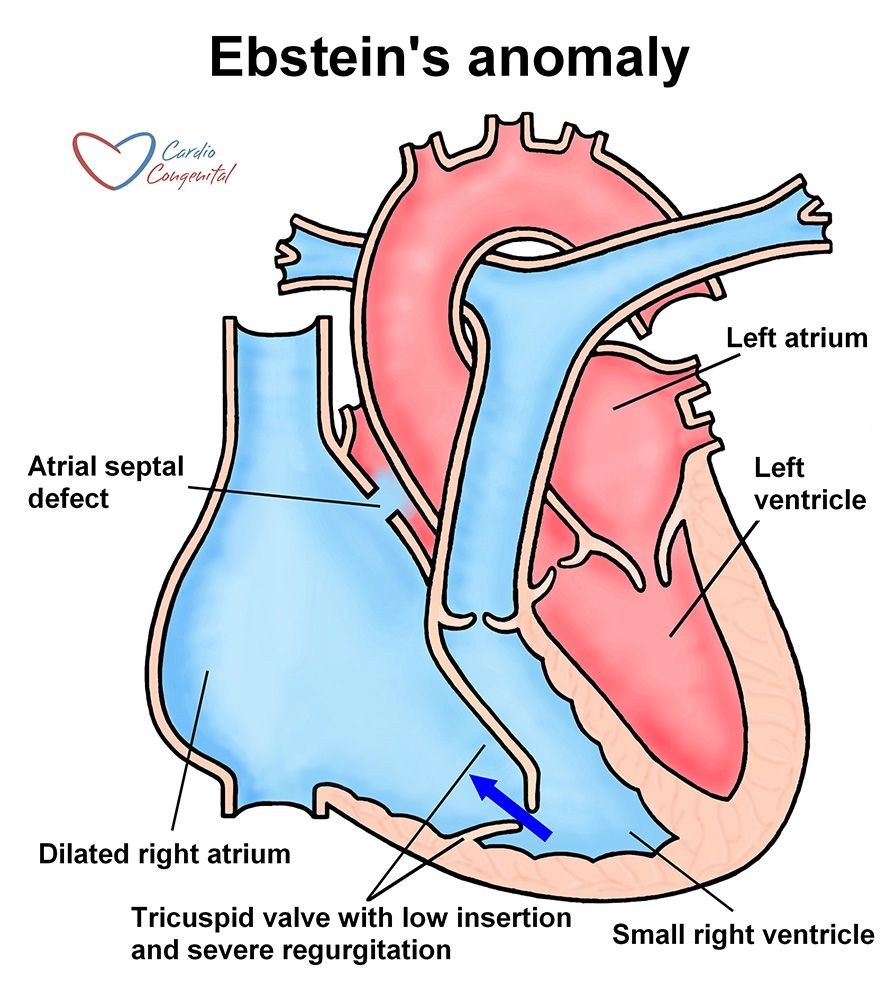
Orphanet is an online database of rare diseases and orphan drugs.

Reference: Access aggregated data from Orphanet at Orphadata.Reference: UMLS Vocabulary Standards and Mappings Downloadsĭata from Orphanet and Human Phenotype Ontology (HPO) are used to provide information on a disease's symptoms, genes, inheritance, population estimates, and more.The National Library of Medicine's Unified Medical Language System (UMLS) is used to classify and organize diseases and disease categories. Depending on the type of genetic test and the reason for doing the test, further genetic testing may be done. They will also explain the details of the result and discuss next steps. The doctor who ordered the test or a genetic counselor will explain if the test found the cause of the disease. Variant of Uncertain Significance (also called VUS) means it is currently not known whether the genetic variant causes a disease or health problem.Benign variant means the genetic change does not cause a disease or health problem.Pathogenic variant means the genetic change is known to cause a disease or health problem.Genetic tests usually report genetic changes as pathogenic, benign, or unknown variants. Results may be given during a follow-up visit with a medical provider or by phone. It can take days to many weeks for the results to be returned. The sample is often mailed to a specialized genetic lab to be tested. The sample may be taken at a doctor’s office or a local lab. Genetic tests use a sample of blood, saliva, or other tissue. Questions about a genetic test should be answered before signing an informed consent form. For example, the test result may be unclear, and your doctor may suggest further tests, or find something unexpected. Important information about the test includes the genes that are being tested, the type of sample needed, the accuracy of the test, and how the results will be reported.Įven genetic tests have risks. Informed consent for a genetic test involves learning the details, risks, and limitations of the test. Talking to a PCP about testing options, and possibly seeing a specialist is an important first step. Genetic tests may be ordered by a primary care physician (PCP), a geneticist, or other specialist. The steps to get a genetic test may vary slightly, but may include: What do I need to know about getting a genetic test? In many cases, genetic tests are used to confirm or rule out a diagnosis. There are different types of genetic tests and different reasons that a genetic test may be ordered. Evaluating the neurological system by checking the reflexes, nerves, coordination, sensory function, and motor function, such as strength and balance.ĭepending on the results of medical history and physical exam, the doctor may then decide whether lab tests, imaging studies, clinical procedures, or referrals to other medical specialists are needed to diagnose the cause of the patient's health problems.Ī doctor may use a genetic test to help diagnose this disease.Ī genetic test looks for changes in a person’s DNA that are known to cause a disease or medical problem.Tapping on specific areas of the body to check for the presence of air, liquid, or solid structures.Listening to internal body sounds to check the heart, lungs, or abdominal organs.Touching areas of a person's body to check for pain, tenderness, swelling, lumps, masses, or other changes.Looking at a person's body to check for normal findings and any changes that may indicate a diagnosis.Checking a person's vital signs, including temperature, heart rate, breathing rate, blood pressure, weight, and height.The methods used during the exam may differ depending on the symptoms but commonly involve:

If available, the doctor may also review a patient's medical records including the results of previous tests and procedures.ĭuring the physical exam, the doctor will study the patient's body to look for physical signs of a medical problem. They also commonly ask about the past medical history, medications, allergies, the patient's social history, and the family's medical history. To begin the diagnostic process, a doctor or other health care provider will take a medical history by asking questions about the patient's current symptoms and diagnoses.


 0 kommentar(er)
0 kommentar(er)
